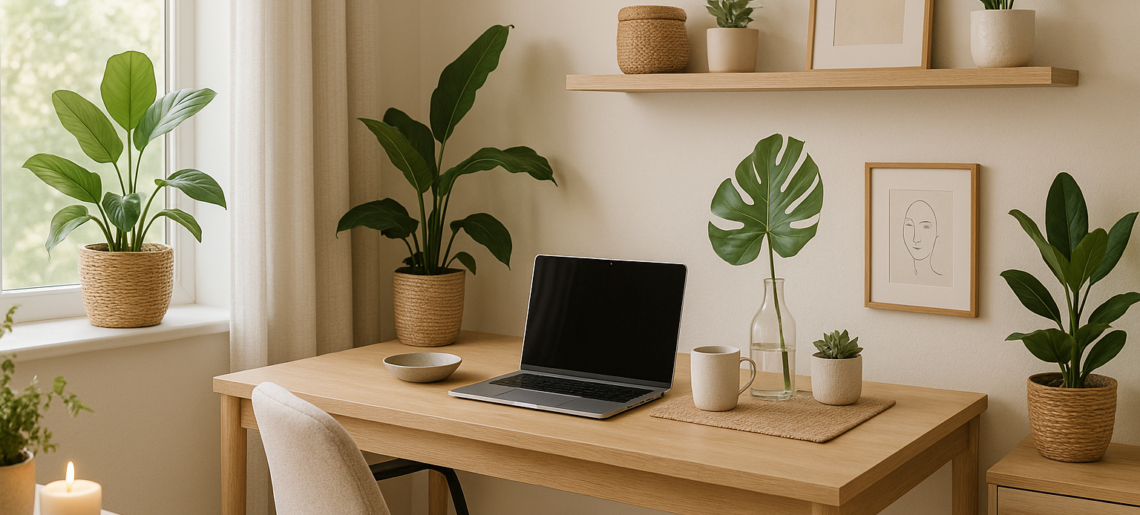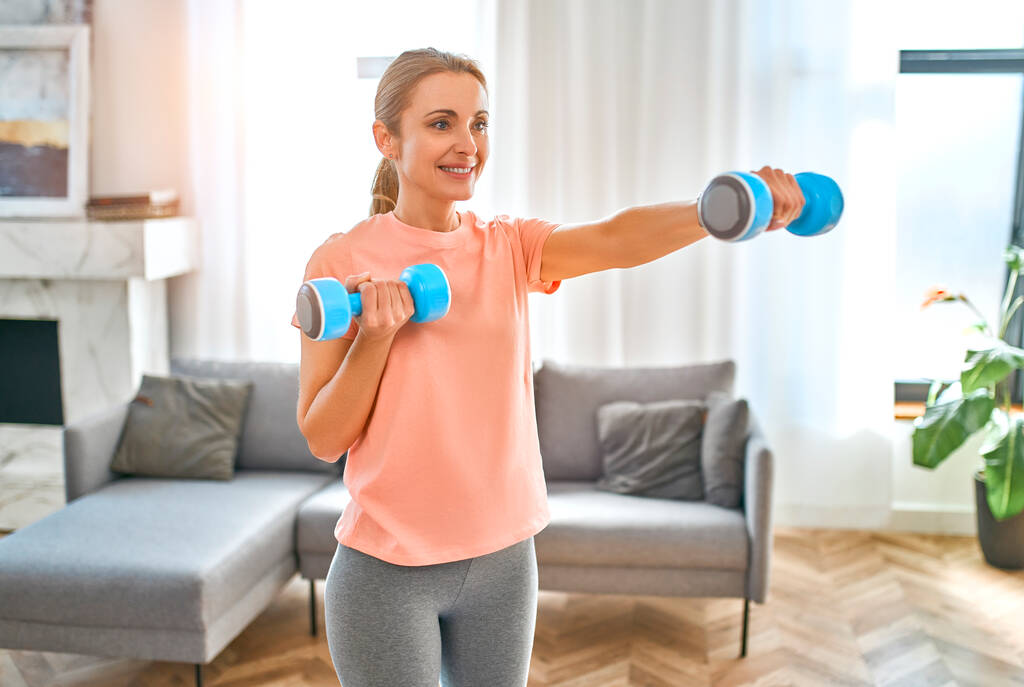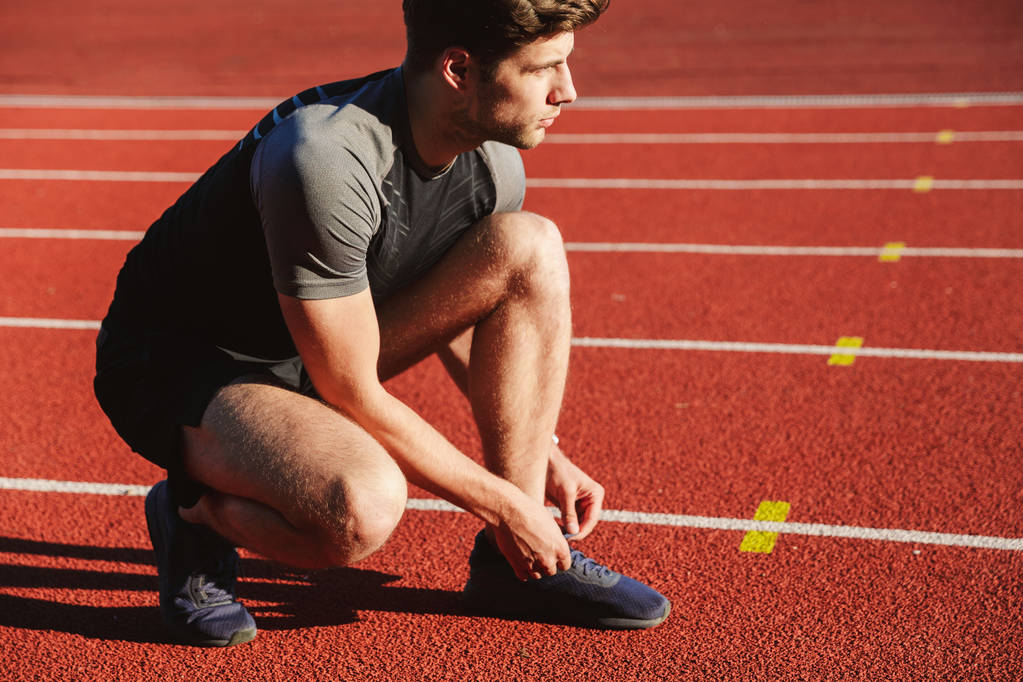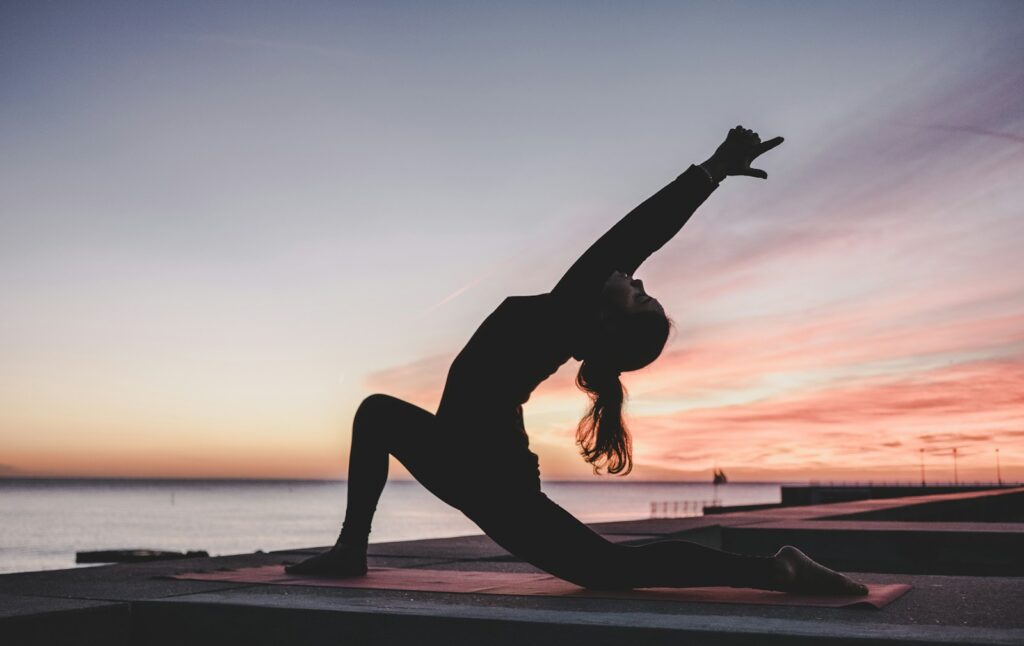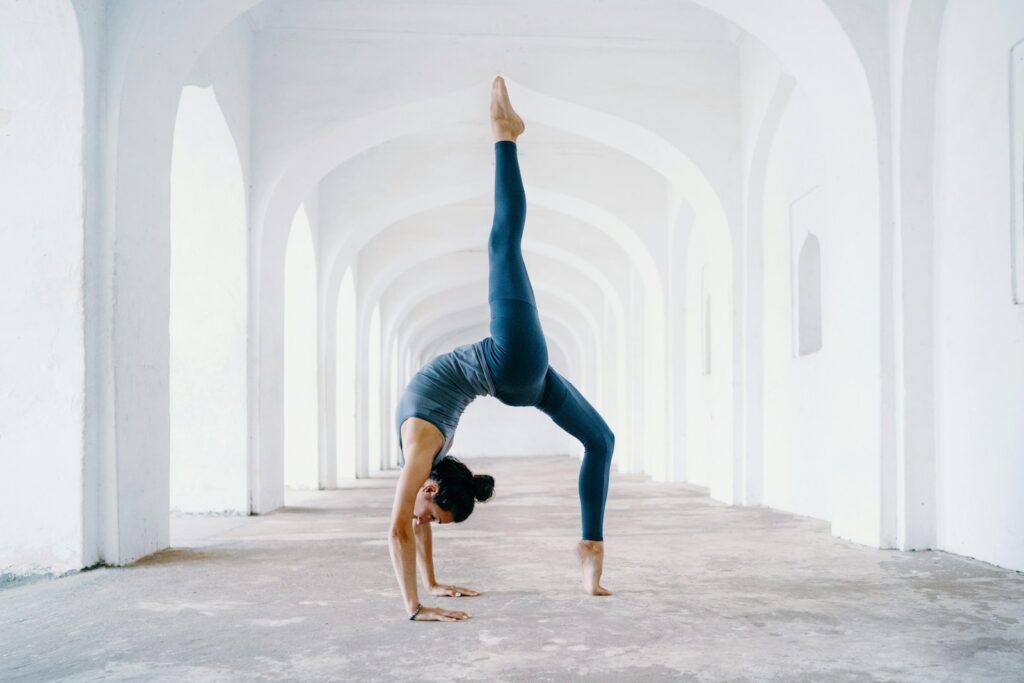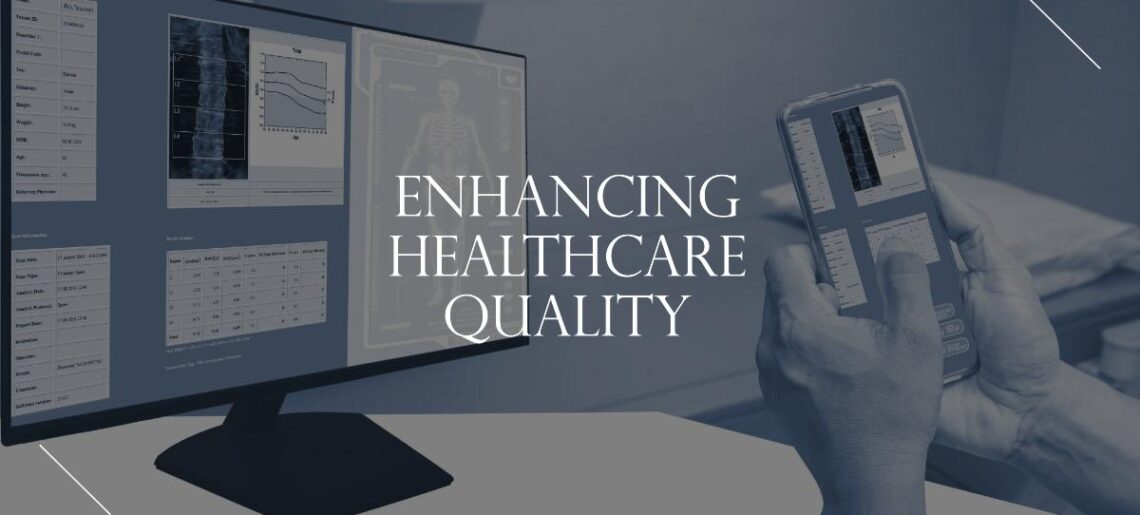The shift to remote working has fundamentally altered the dynamic of Australians’ everyday existence. With the home being an office too, how the environment influences our well-being has become more apparent. A well-designed home office is no longer a luxury but a necessity—it is one of the secrets to staying mentally sharp, healthy, and productive daily.
Let’s observe the essential components of a wellness-focused home work environment and consider how small things add up to overall wellness.
The Connection Between Space and State of Mind
A disorganised or uninviting space can drain energy and concentration. Conversely, a space that promotes light, order, and comfort can foster greater concentration and emotional harmony. The physical layout of a home office should support a sense of ease and functionality.
Natural light is also an important consideration. Natural sunlight exposure supports the regulation of circadian rhythms and enhancing mood. A workspace should face a window or utilise daylight-simulating light solutions where feasible. Desk location will also influence your posture and engagement with tasks—ideally, it should promote neutral wrist postures, a well-aligned spine, and clear sight of your monitor.
Well-designed and well-placed plants are air-purifying and offer the added benefit of psychological charm. The same is true for wall art decor accents that offer character and style to the space without overloading the senses. Artwork that includes colors that are calming and abstract forms will be much appreciated in any wellness-oriented workspace, as it has been proved to reduce stress and enhance feelings of calm.
Ergonomics and Movement
Ergonomic chairs are the biggest investment for a home office. Sitting for long hours can stress the lower back, neck, and shoulders. Chairs with proper lumbar support, adjustable arm rests, and proper ventilation can go a long way in getting you relieved after long hours of work.
Also, move around some during the day. Stretching the body or taking a short walk in between meetings diminishes stiffness and improves circulation. Standing workstations or risers for convertible desks will let desk workers change position throughout the day, thus benefitting physical health.
Adding your workspace arrangement to a morning stretching or breathing exercise routine will welcome the day to begin on a healthier foundation. As discussed in this guide, creating small but routine rituals can be found to go a long way in creating well-being in the broad sense.
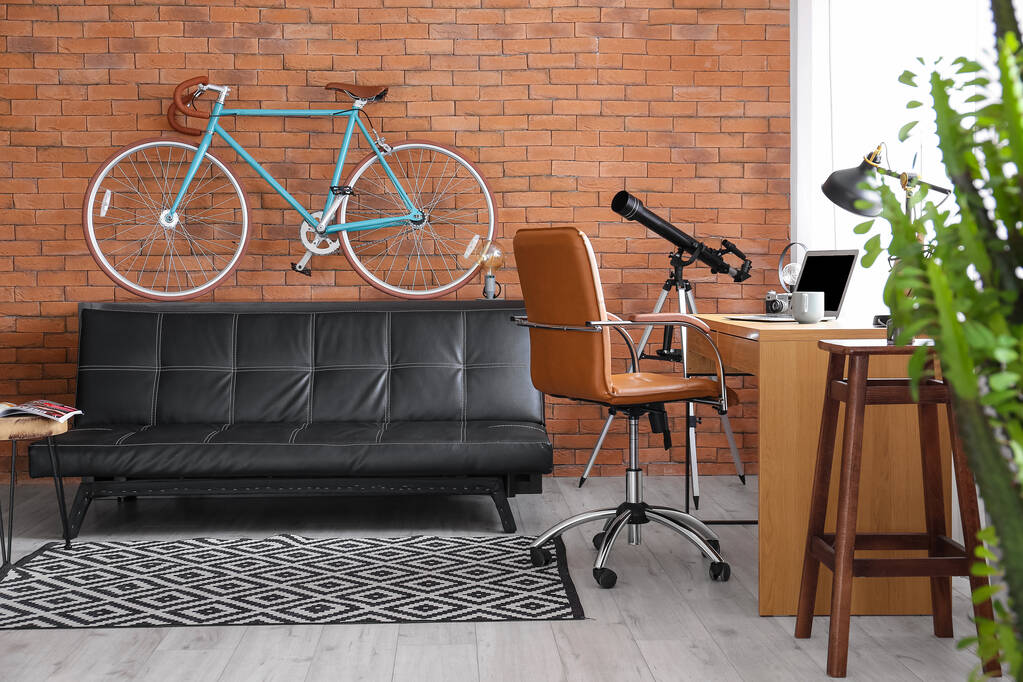
Sensory Elements and Mental Health
Sound, smell, and sight all play a part in our perception of a room. Soft background music or nature sounds can improve concentration, and eucalyptus or lavender scents can stimulate the senses and enhance mental acuity.
Making your office personalised with meaningful pictures can give a feeling of comfort on an emotional level. Placing photographs, vision boards, or touch items such as linen pinboards inside frames permit visual inspiration. It is also a matter of simplicity—clutter must be eliminated to permit focus on the work without sensory overload.
Mental health is also directly related to the way we perceive and experience the world that we live in. For lone workers, building warmth in the workplace would also combat loneliness.
Special Challenges Facing Remote Workers
Flexible as it is, telecommuting is also usually an all-day activity that can blur the line between work and leisure. Over time, this can lead to longer working hours and burnout. Certain distinctions—such as designated working hours, designated work areas, and digital detox hours—can be useful.
This balance is particularly required for individuals with high-focus jobs. Accounting professionals, for instance, will likely require high levels of concentration for extended periods of time. Without the natural breaks and cues of an office environment, home work can become mentally exhausting. A self-regulated system that prioritises well-being—such as ergonomic chairs, frequent water breaks, and the occasional screen break—can reduce eye straining and stress levels.
Encouraging Well-being through Design
Though layout and furniture are included under wellness, so are colour and texture. Calming colours for the nervous system are pale greys, off-whites, and muted greens. Mixing these with timber, linen, or cork textures can be comforting without visual mayhem.
Diffused task lighting should be positioned in a way that does not produce harsh shadows or screen glare. Proper lighting prevents eye strain and enhances productivity. Many Australians working from home have bought desk lamps that are capable of adjusting colour temperature to mimic natural light conditions and provide a healthy cycle.
The incorporation of biophilic design features—wood tones, natural scenery, or organic shapes—also increases mental clarity and health. As Better Health Channel suggests, even indirect exposure to nature acts to reduce stress and improve mood, which should be a key principle in home office design.
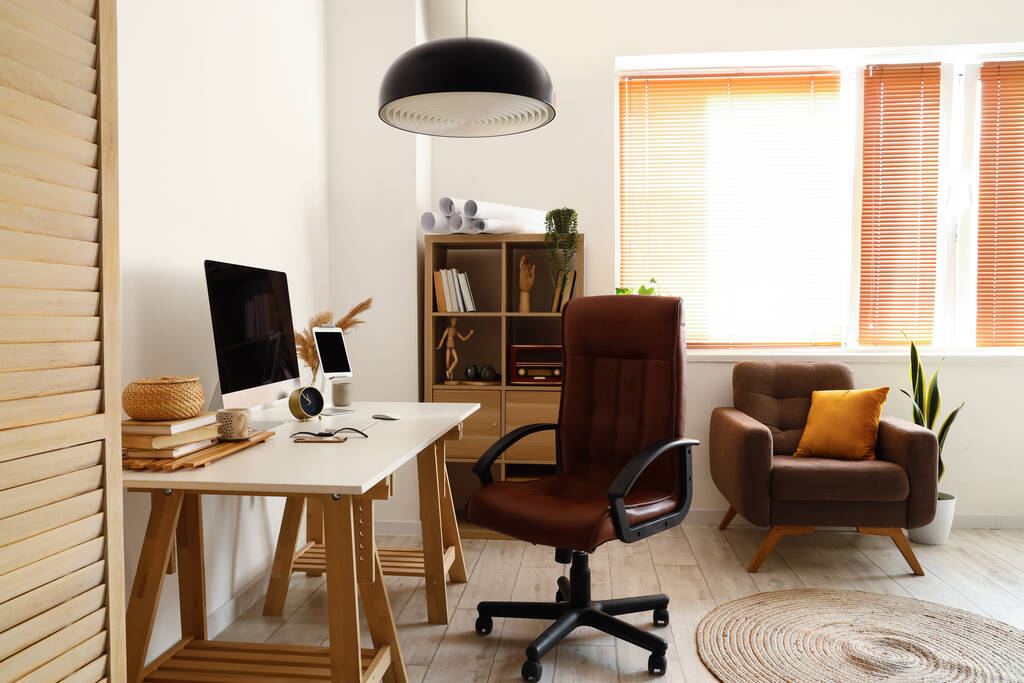
Long-Term Health Habits
The workplace that we create to work in influences not only how we feel in the short term but also how we are in the long term. Individually, over the course of months or years, poor posture, limited mobility, and inadequate mental breaks may cause long-term health issues. A well-being-centered workplace, on the other hand, can mitigate those risks and allow sustainable performance.
It doesn’t take a gut renovation to create this kind of space. Intentional decisions—comfortable seating, balanced lighting, and even something as basic as framed wall art—can affect how we interact with our work on a daily basis. By creating an environment that considers health as much as functionality, remote workers can feel greater productivity as well as enhanced personal wellness.

